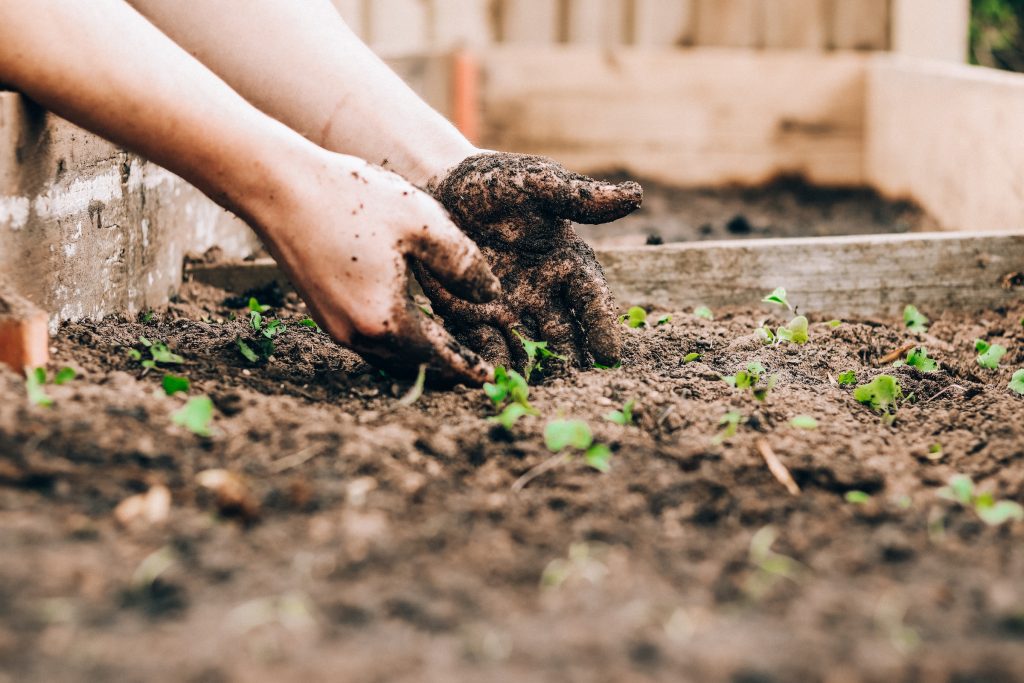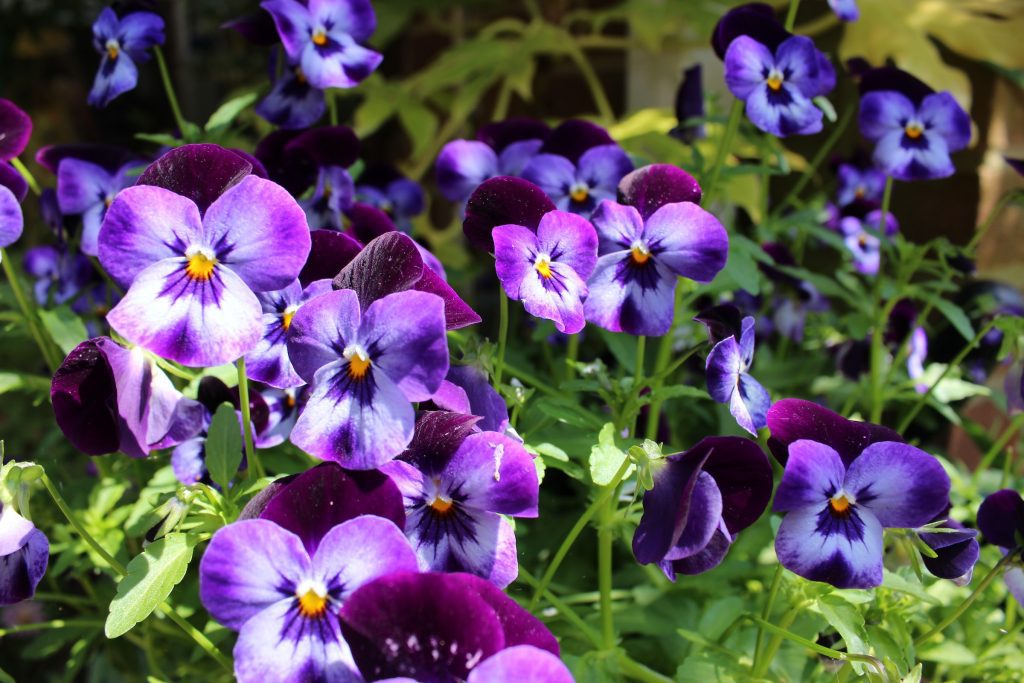Kickstart Your Garden: 4 Plants Perfect For Early Spring Planting
March marked the beginning of the outdoor gardening season for many regions, as the weather started to warm up and the days grew longer. Even though it’s April now, gardeners are thrilled with anticipation as they embark on a new season of planting, eagerly tending to a diverse array of crops and blooming flowers.

Here are four things you can still plant in early April to kickstart your garden:
Cool-Season Vegetables
April is an ideal time to plant cool-season vegetables that thrive in slightly cooler temperatures. Lettuce, spinach, kale, and radishes offer the flexibility to either sow them directly into the ground or initiate them indoors from seeds for later transplantation. These vegetables tolerate frost and can withstand cooler spring temperatures, allowing you to enjoy fresh homegrown produce early in the season.
Herbs
Many herbs are well-suited for planting in April. Perennial herbs like chives, thyme, and rosemary can be planted outdoors, while annual herbs like basil, cilantro, and dill can be started indoors for later transplanting. Herbs are not only a delightful addition to your culinary endeavors but also attract beneficial insects to your garden.
Flowers
Early spring is an excellent time to sow flower seeds that prefer cooler weather. Pansies, violas, and snapdragons are popular choices for April planting, as they can withstand chilly temperatures. With their vibrant hues, these blossoms will enhance the beauty of your garden and bring forth a delightful ambiance, all while captivating pollinators.

Fruit Trees and Shrubs
April is an opportune time to plant fruit trees and shrubs, provided the ground is not frozen. Apple, cherry, and peach trees, as well as berry bushes like raspberries and blackberries, can be planted early in the season. Remember to choose varieties that are suitable for your specific climate and ensure they receive adequate sunlight and well-drained soil.
As you embark on your gardening journey this month, it’s important to keep an eye on local weather conditions and frost dates. In certain areas, the occurrence of late frosts poses a risk to young plants, potentially causing damage or even leading to their demise.
